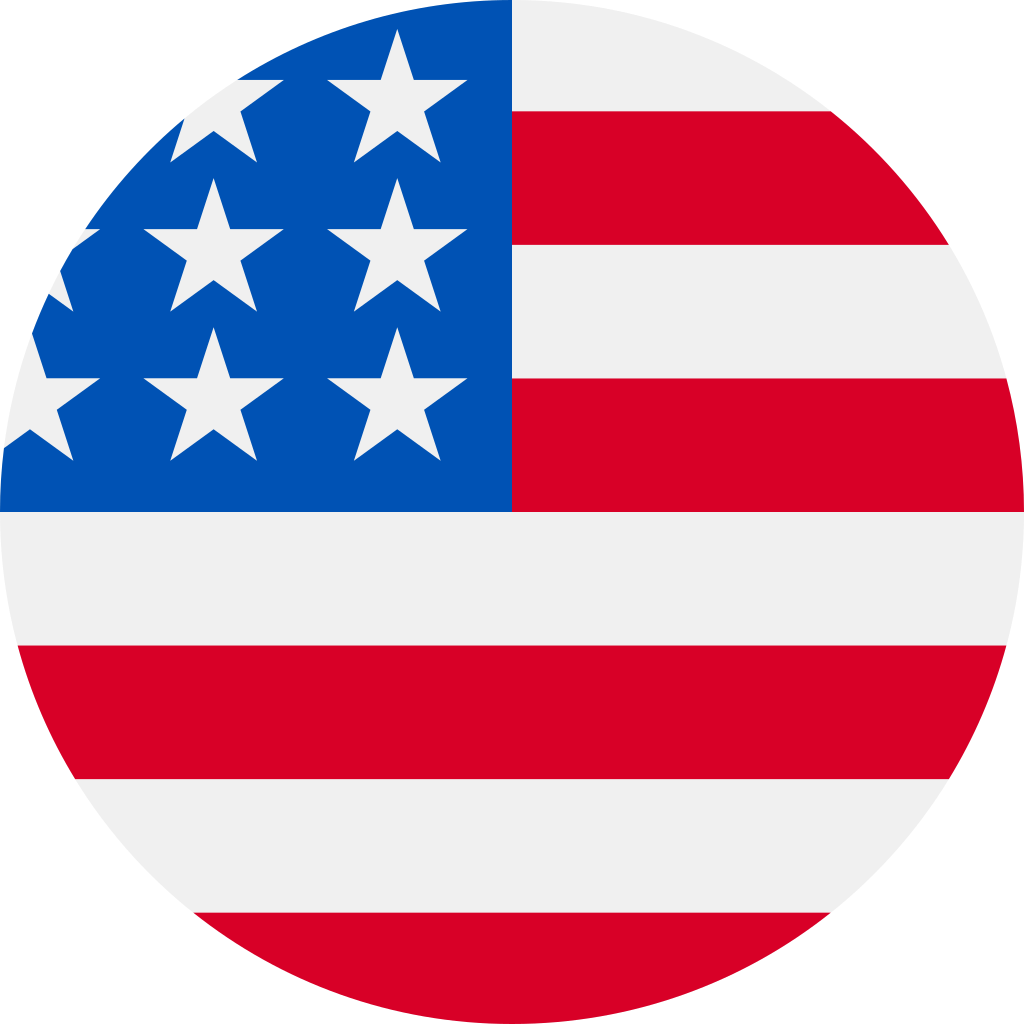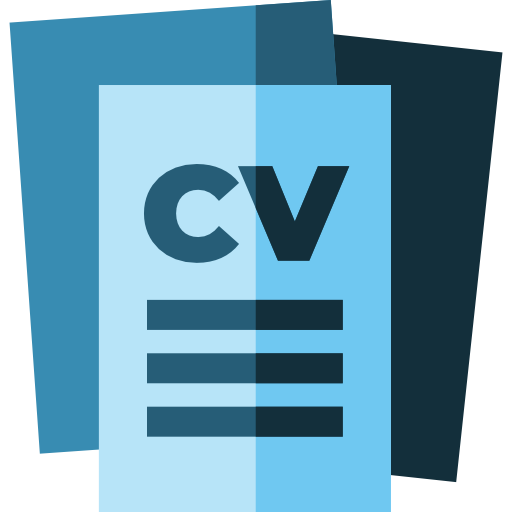دوره جامع OpenGL
OpenGL (Open Graphics Library) یک API منبع باز استاندارد و چند پلتفرمی (cross-platform) است که برای رندر کردن گرافیکهای دو بعدی و سه بعدی در برنامههایی مانند بازیها، شبیهسازیها و واقعیت مجازی استفاده میشود. OpenGL امکان دسترسی سطح پایین به سختافزار گرافیکی را برای توسعهدهندگان فراهم میکند و آنها را قادر میسازد تا با مدیریت shaderها، بافتها، نورپردازی و تبدیلها، گرافیکهای دقیق و با کارایی بالا ایجاد کنند. یادگیری OpenGL برای توسعهدهندگان نرمافزار مشتاق، به ویژه کسانی که علاقهمند به برنامهنویسی گرافیکی یا توسعه بازی هستند، مهم است، زیرا پایه و اساس درک نحوه عملکرد خطوط لوله رندر مدرن را تشکیل میدهد و به طور گسترده در موتورهای گرافیکی استاندارد صنعتی استفاده میشود.
یک معلم خصوصی میتواند این فرآیند را با شکستن مفاهیم پیچیده OpenGL، راهنمایی فراگیران از طریق مثالهای عملی، و آموزش بهترین شیوهها برای مدیریت مؤثر منابع گرافیکی، تسریع بخشد، و به آنها کمک میکند پایهای قوی در گرافیک کامپیوتری ایجاد کنند و برای نقشهایی در توسعه نرمافزار شدیدا نیازمند به گرافیک، آماده شوند.
Chapter 1: Introduction to OpenGL
- Lesson 1: What is OpenGL? Overview and Applications
- Lesson 2: History and Evolution of OpenGL
- Lesson 3: OpenGL vs. Other Graphics APIs (DirectX, Vulkan, Metal)
- Lesson 4: Understanding the OpenGL Pipeline
- Lesson 5: Setting Up an OpenGL Development Environment (Windows, Linux, macOS)
Chapter 2: Getting Started with OpenGL
- Lesson 1: Creating Your First OpenGL Program
- Lesson 2: Understanding OpenGL Context and Windowing Libraries (GLFW, GLUT, SDL)
- Lesson 3: Handling OpenGL Errors and Debugging
- Lesson 4: Introduction to OpenGL Buffers and Objects
- Lesson 5: Working with OpenGL State Machine
Chapter 3: OpenGL Rendering Pipeline
- Lesson 1: Overview of the OpenGL Rendering Pipeline
- Lesson 2: Understanding Fixed vs. Programmable Pipeline
- Lesson 3: Stages of the OpenGL Pipeline (Vertex Processing to Fragment Processing)
- Lesson 4: OpenGL Rasterization and Fragment Operations
- Lesson 5: Optimizing the Rendering Pipeline for Performance
Chapter 4: OpenGL Shading Language (GLSL)
- Lesson 1: Introduction to GLSL and Shader Programming
- Lesson 2: Writing and Compiling Vertex Shaders
- Lesson 3: Writing and Compiling Fragment Shaders
- Lesson 4: Using Geometry and Tessellation Shaders
- Lesson 5: Debugging and Optimizing Shaders
Chapter 5: OpenGL Buffers and Data Management
- Lesson 1: Vertex Buffer Objects (VBOs) and Element Buffer Objects (EBOs)
- Lesson 2: Vertex Array Objects (VAOs)
- Lesson 3: Uniforms, Attributes, and Uniform Buffer Objects (UBOs)
- Lesson 4: Framebuffer Objects (FBOs) for Offscreen Rendering
- Lesson 5: Performance Optimization with Buffer Management
Chapter 6: Drawing 2D and 3D Objects
- Lesson 1: Drawing Points, Lines, and Triangles
- Lesson 2: Creating and Rendering 2D Shapes
- Lesson 3: Loading and Rendering 3D Models
- Lesson 4: Using Instanced Rendering for Efficiency
- Lesson 5: Depth Testing and Face Culling
Chapter 7: Texture Mapping
- Lesson 1: Introduction to Textures in OpenGL
- Lesson 2: Loading and Applying 2D Textures
- Lesson 3: Using Mipmaps and Filtering Techniques
- Lesson 4: Multitexturing and Texture Arrays
- Lesson 5: Advanced Texture Techniques (3D Textures, Cube Maps)
Chapter 8: Lighting and Materials
- Lesson 1: Introduction to OpenGL Lighting Models
- Lesson 2: Implementing Phong and Blinn-Phong Shading
- Lesson 3: Working with Normal Mapping and Bump Mapping
- Lesson 4: PBR (Physically Based Rendering) in OpenGL
- Lesson 5: Advanced Lighting Techniques (Deferred Shading, Screen-Space Reflections)
Chapter 9: 3D Transformations
- Lesson 1: Model, View, Projection Matrices
- Lesson 2: Using GLM for Linear Algebra and Transformations
- Lesson 3: Rotating, Scaling, and Translating Objects
- Lesson 4: Camera Systems and View Transformations
- Lesson 5: Implementing FPS and Orbit Cameras
Chapter 10: Advanced Rendering Techniques
- Lesson 1: Shadow Mapping Techniques
- Lesson 2: Screen-Space Ambient Occlusion (SSAO)
- Lesson 3: Post-Processing Effects with Framebuffers
- Lesson 4: Real-Time Reflections and Refractions
- Lesson 5: Volumetric Lighting and Fog
Chapter 11: OpenGL and Multithreading
- Lesson 1: Understanding OpenGL in Multi-Threaded Environments
- Lesson 2: Using OpenGL with Multiple Rendering Contexts
- Lesson 3: Parallelizing OpenGL Calls for Performance
- Lesson 4: Synchronization Techniques for Multi-Threaded Rendering
- Lesson 5: Vulkan Interoperability with OpenGL
Chapter 12: OpenGL Compute Shaders
- Lesson 1: Introduction to Compute Shaders in OpenGL
- Lesson 2: Using Compute Shaders for Image Processing
- Lesson 3: Particle Systems with Compute Shaders
- Lesson 4: Physics Simulations with Compute Shaders
- Lesson 5: Optimization Strategies for Compute Shaders
Chapter 13: OpenGL and Modern Graphics APIs
- Lesson 1: OpenGL vs. Vulkan: Key Differences
- Lesson 2: Integrating OpenGL with Vulkan Applications
- Lesson 3: OpenGL and Direct3D Interoperability
- Lesson 4: OpenGL with Metal on macOS
- Lesson 5: Future of OpenGL and OpenGL Alternatives
Chapter 14: OpenGL for Virtual Reality (VR)
- Lesson 1: Introduction to VR Rendering with OpenGL
- Lesson 2: Setting Up a Stereo Rendering Pipeline
- Lesson 3: Implementing VR Head Tracking
- Lesson 4: Optimizing OpenGL for High-Performance VR
- Lesson 5: OpenGL in AR/VR Development
Chapter 15: OpenGL Best Practices and Optimization
- Lesson 1: Reducing Draw Calls with Batching
- Lesson 2: Using Occlusion Culling for Performance
- Lesson 3: Memory Management and GPU Profiling
- Lesson 4: Asynchronous Rendering and Parallel Processing
- Lesson 5: Debugging Performance Issues with OpenGL Tools
Chapter 16: OpenGL in Game Development
- Lesson 1: Game Engine Basics with OpenGL
- Lesson 2: Handling Game Physics in OpenGL
- Lesson 3: Creating 2D and 3D Game Worlds
- Lesson 4: Animation and Skeletal Mesh Rendering
- Lesson 5: Networking and Multiplayer in OpenGL Games
Chapter 17: OpenGL and Artificial Intelligence
- Lesson 1: Using OpenGL for AI Visualization
- Lesson 2: Machine Learning with OpenGL Compute Shaders
- Lesson 3: Implementing AI Pathfinding in OpenGL Scenes
- Lesson 4: AI-Based Procedural Content Generation
- Lesson 5: Reinforcement Learning and OpenGL
Chapter 18: OpenGL Extensions and Future Trends
- Lesson 1: Understanding OpenGL Extensions and Extensions Registry
- Lesson 2: Using OpenGL with Ray Tracing Techniques
- Lesson 3: OpenGL in Cloud and Web-Based Rendering
- Lesson 4: Latest Features in OpenGL 4.x and Beyond
- Lesson 5: The Future of OpenGL in Graphics Development




